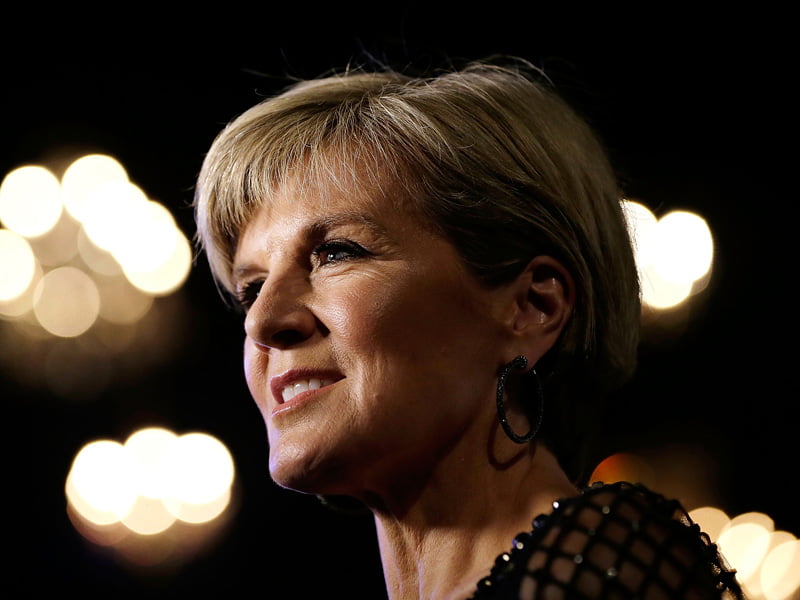The Foreign Affairs Minister Julie Bishop will offer a $2 million ‘prize’ for the most innovative ideas and programs for responding to future natural disasters in the Pacific.
Launching the Pacific Humanitarian Challenge Ms Bishop has thrown down an important cultural marker that signals a fundamental change in the way the government engages with ideas and with suppliers.
It is the Turnbull Government’s first ever international innovation challenge, and its structure provides some insight into how the public sector might roll-out ‘prize competitions’ across portfolios in future.

We will certainly be hearing more about ‘Challenges’ during the week-long of innovation announcements that will start with the government’s Innovation Statement next week.
The Pacific Humanitarian Challenge “invites entrepreneurs, businesses, technologists, NGOs and scientists to help us rethink our approach to humanitarian responses in the region,” Ms Bishop said.
It’s like a policy hack, but instead of winning an iPad or dinner at the local pub, there is a $2 million prize at the end of it.
The challenge is being coordinated by the Department of Foreign Affairs’ innovation think tank InnovationXchange program known as iXc which was set up by Ms Bishop to transform the way Australia delivers its aid program.
The winning submission will be announced at the World Humanitarian Summit in Istanbul next May, with the winners’ $2 million awarded to pilot the ideas in the Pacific.
“Through the Challenge, the Australian Government and our Pacific partners will find ways to respond to crises more effectively by gathering information on urgent needs, responding to those needs quickly and building financial resilience to help countries recover from crises,” Ms Bishop said.
“We encourage academics, entrepreneurs, scientists, communities and individuals from the Pacific to join the challenge and work together to develop ideas.”
The ‘Challenge’ structure is not a new idea, having been used to increasing effectiveness in the US to deliver new services and solutions to government. But it is certainly new in Australia.
The Challenge process turns entrenched procurement processes on the head. Instead of government developing delivery solutions in-house and then going to market to buy a rigidly-defined set of requirements, the challenge simply puts a ‘problem’ or an issue to the open market. It enables government to tap a much wider brains trust.
The ‘Challenge’ structure is an Open Innovation methodology that draws on wider participation for problem solving. And generally – if you take the US as a test case – it has been found to deliver better solutions, faster and at lower cost.
The US program was originally set up in 2009 – you can search the different prizes on offer at Challenge.gov – and was recently broadened and bolstered through the release of the White House’s new Strategy for American Innovation.
There are three key drivers to the ‘challenges’ structure. First, it enables departments and agencies only pay for success. Secondly, it extends the reach of ideas well beyond established government partners to increase the number and diversity of thinkers working on a problem.
And finally it delivers better value for money for government.
As Foreign Minister, Ms Bishop has been a front-runner in the development of Open Innovation structures in her portfolio, as she demonstrated with the iXc program.
The launch of the Pacific Humanitarian Challenge is a ‘prize’ structure we will be hearing a lot more about in the coming weeks.
Get ready for the launch of a ‘Challenge.gov.au’ site and the participation of other departments and agencies in this program.
Do you know more? Contact James Riley via Email.

